
CHRONIC PERIODONTITIS
Localised
Generalised
Dr. hussein Al Dabbagh
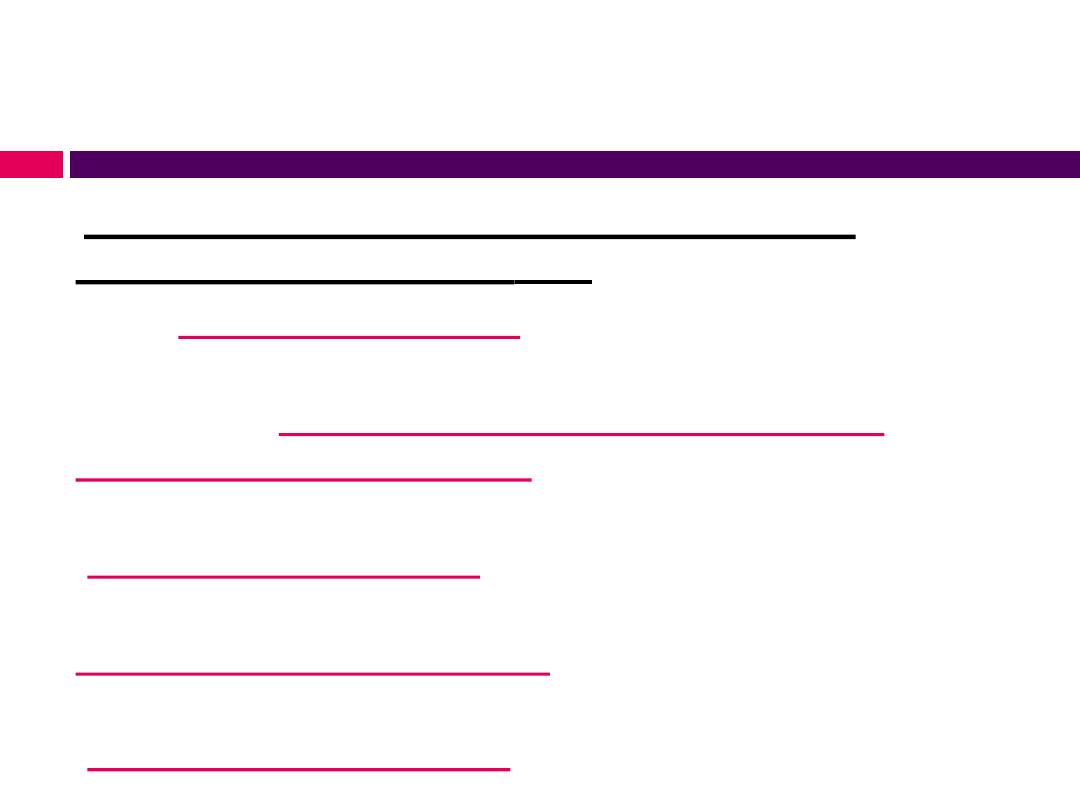
Clinical features and characteristics of
Chronic Periodontitis
are:
Most prevalent in adults
Amount of destruction is consistent with the
presence of local factors
Subgingival calculus is a frequent finding
Variable microbial pattern
Slow to moderate rate of progression
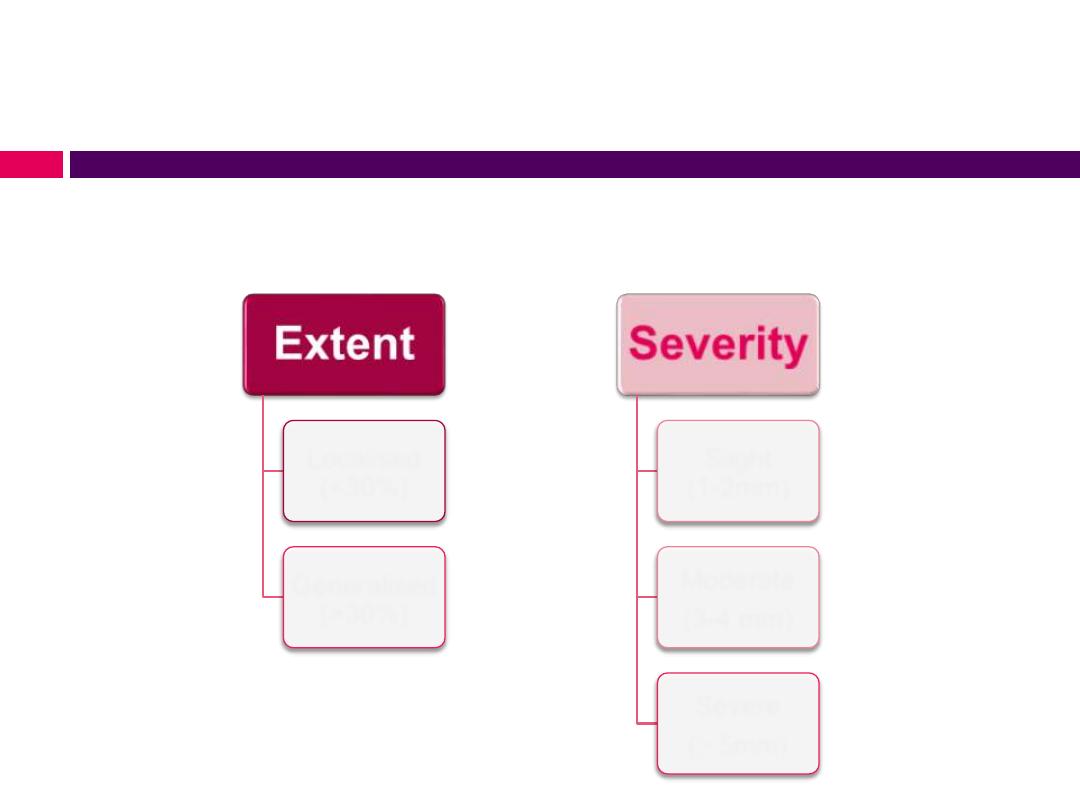
Sub classifications:
Localised
(<30%)
Generalised
(>30%)
Slight
(1-2mm)
Moderate
(3-4 mm)
Severe
(
≥ 5mm)
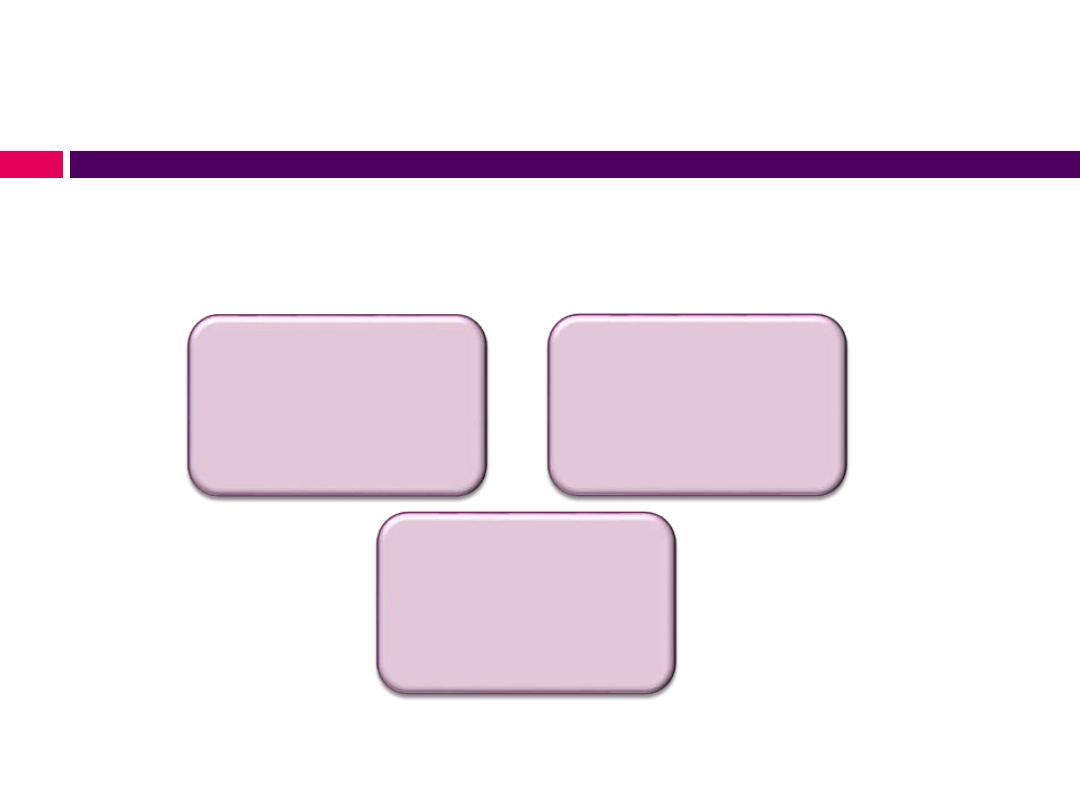
Can be
modified
by :
Local factors
Environmental
factors
(smoking,
stress)
Systemic
factors
(diabetes
mellitus, HIV)
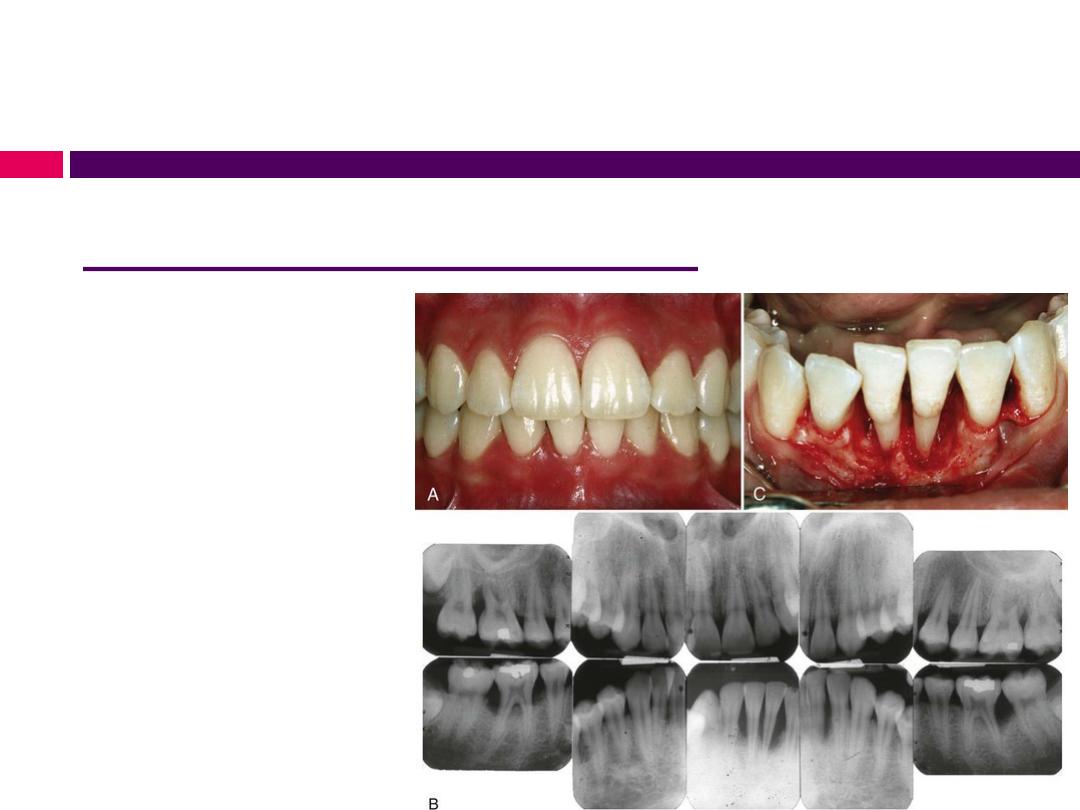
AGGRESSIVE PERIODONTITIS
Localised
Generalised
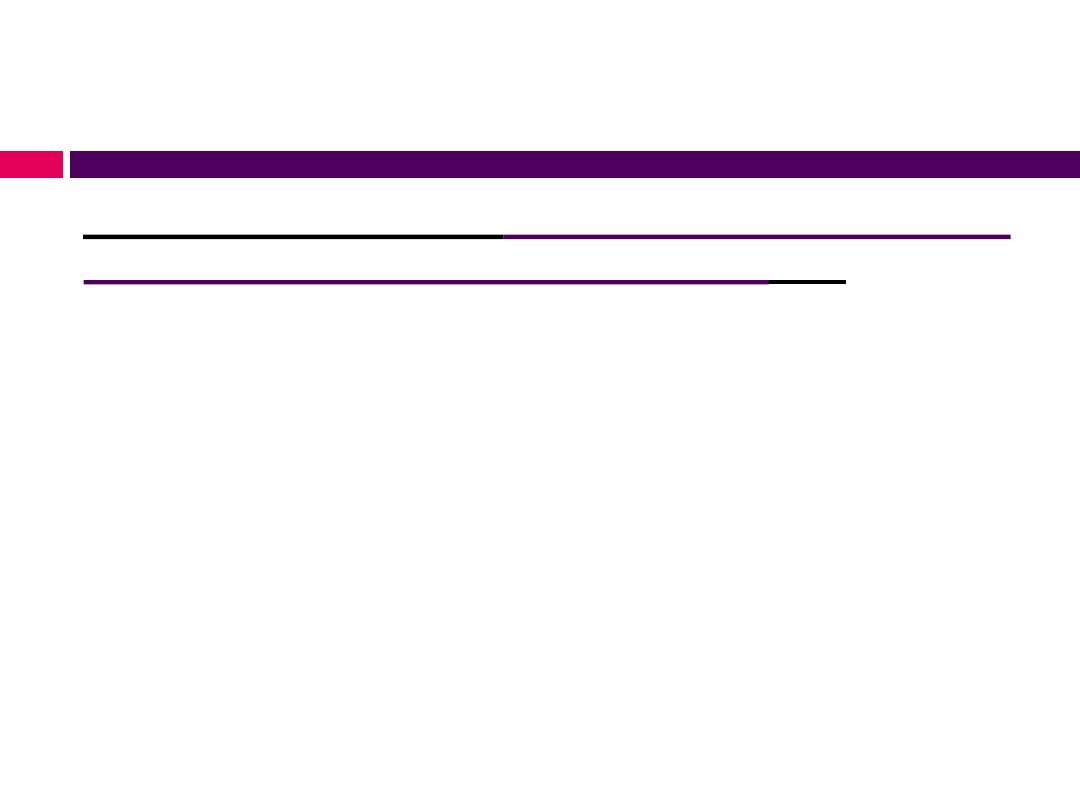
Common features of
localized and generalized
forms of Aggressive Periodontitis
are:
Patients are otherwise clinically healthy
Rapid attachment loss and bone destruction
Familial aggregation.
Amount of microbial deposits inconsistent with
disease severity

Common characteristics, but not universal:
Diseased sites infected with A.a
Abnormalities in phagocyte function
Hyper-responsive macrophages producing
elevated levels of PGE2 and IL-
1β
Self-arresting disease progression

Sub classifications
Localised
• Circumpubertal onset
• Localised proximal
attachment loss on at
least two permanent
teeth, one of which is
first molar
• Robust serum
antibody response
Generalised
• Usually , < 30 years
• Generalised proximal
attachment loss
affecting at least three
teeth other than first
molar and incisor
• Poor serum antibody
response

PERIODONTITIS AS A MANIFESTATION OF
SYSTEMIC DISEASE
Hematologic
• Neutopenias
• Leukemias
• Others
Genetic
• Cyclic neutropenia
• Down syndrome
• LAD syndrome
• Chediak –Higashi
Syndrome
• Papillon- lefevre
syndrome
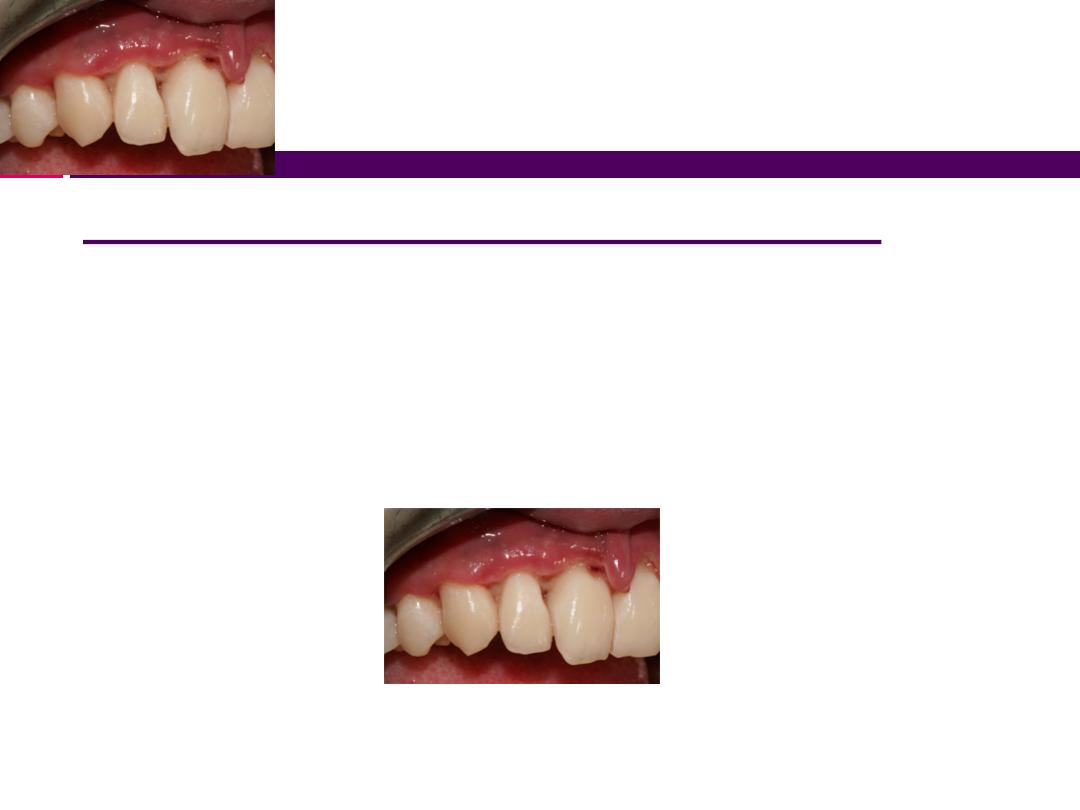
NECROTIZING PERIODONTAL DISEASE
Necrotizing ulcerative gingivitis (NUG)
Necrotizing ulcerative periodontitis (NUP)
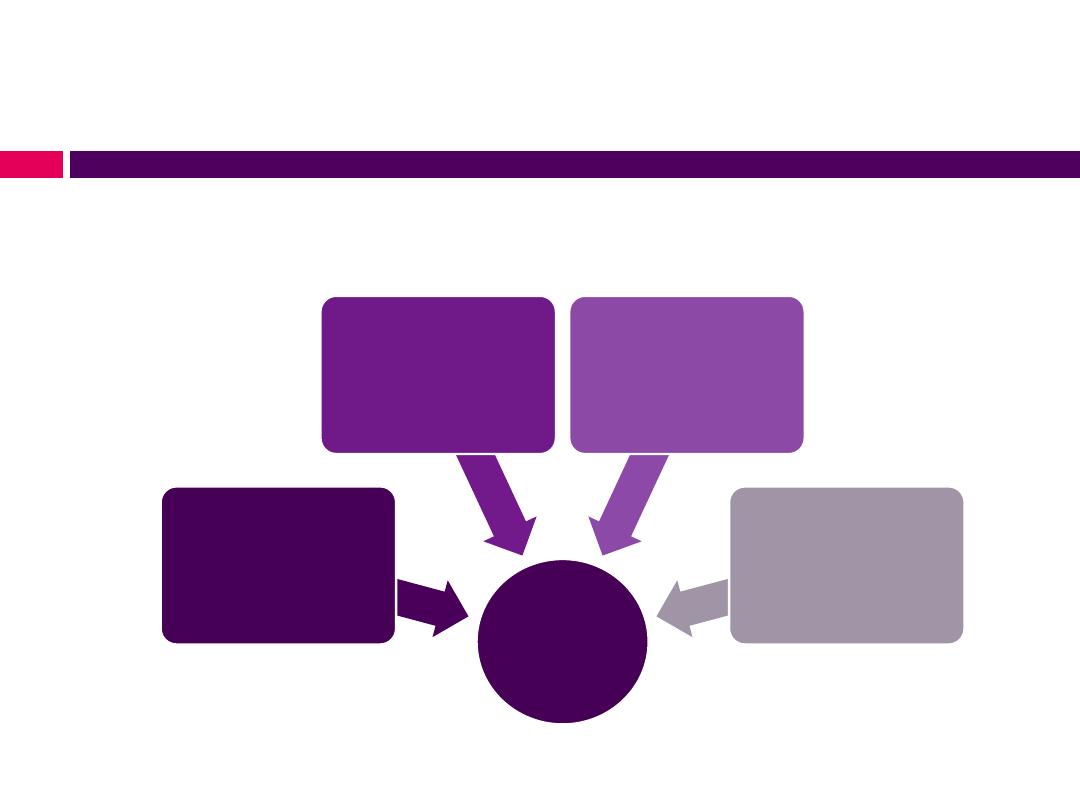
Necrotizing ulcerative gingivitis
NUG
Bacterial etiology
Necrotic lesion
Pre disposing
factors
(stress, smoking,
immunosuppresion)
Contributing factor
(Malnutrition)

Necrotizing ulcerative periodontitis
NUP + HIV : 20.8 times more likely to have
CD4+ cell counts below 200 cells/mm
3
Probability of death within 24 months : 72.9%

ABSCESSES OF THE PERIODONTIUM
Gingival abscess
Periodontal abscess
Pericoronal abscess
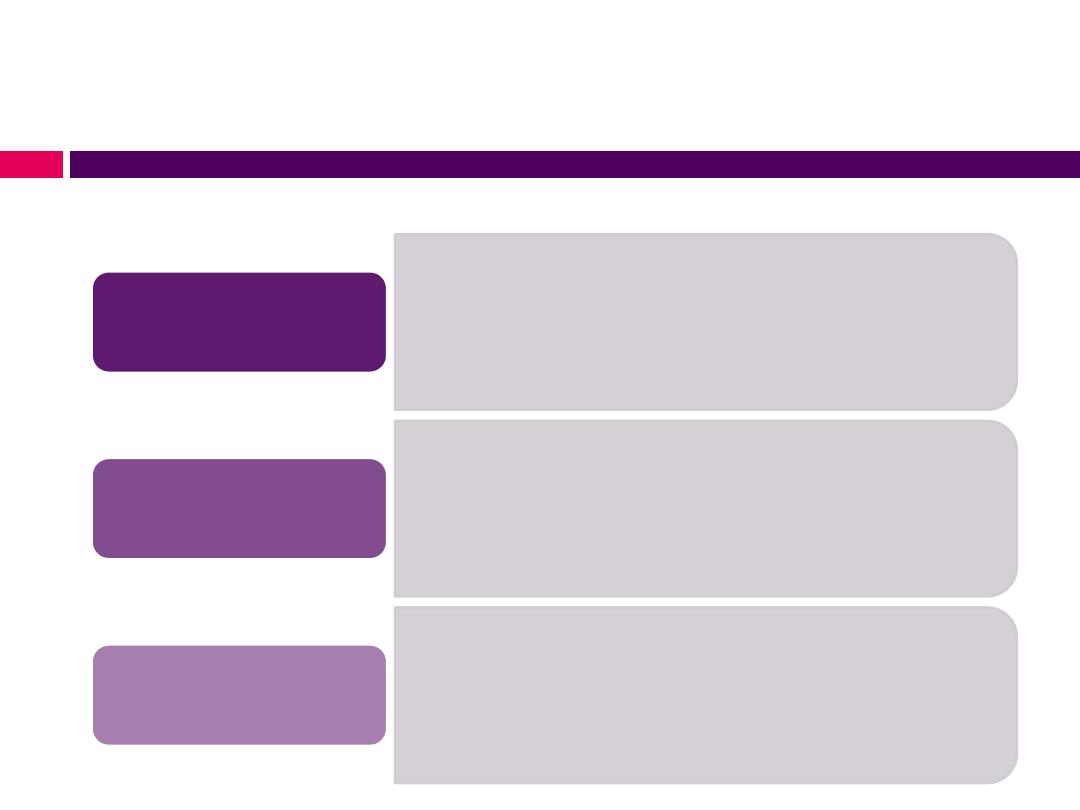
• Involves the marginal gingiva or interdental
papilla.
• Trauma, Foreign body impaction etc
Gingival
• Located contiguous to the periodontal
pocket that leads to destruction of PDL and
alveolar bone
• Moderate to deep pockets, Incomplete
calculus removal etc
Periodontal
• Within the tissue surrounding the crown of a
partially erupted tooth.
• Retention of debris, plaque etc beneath the
operculum
Pericoronal

PERIODONTITIS ASSOCIATED WITH
ENDODONTIC LESION
Endodontic
– Periodontal Lesion
Periodontal
– Endodontic Lesion
Combined Lesion
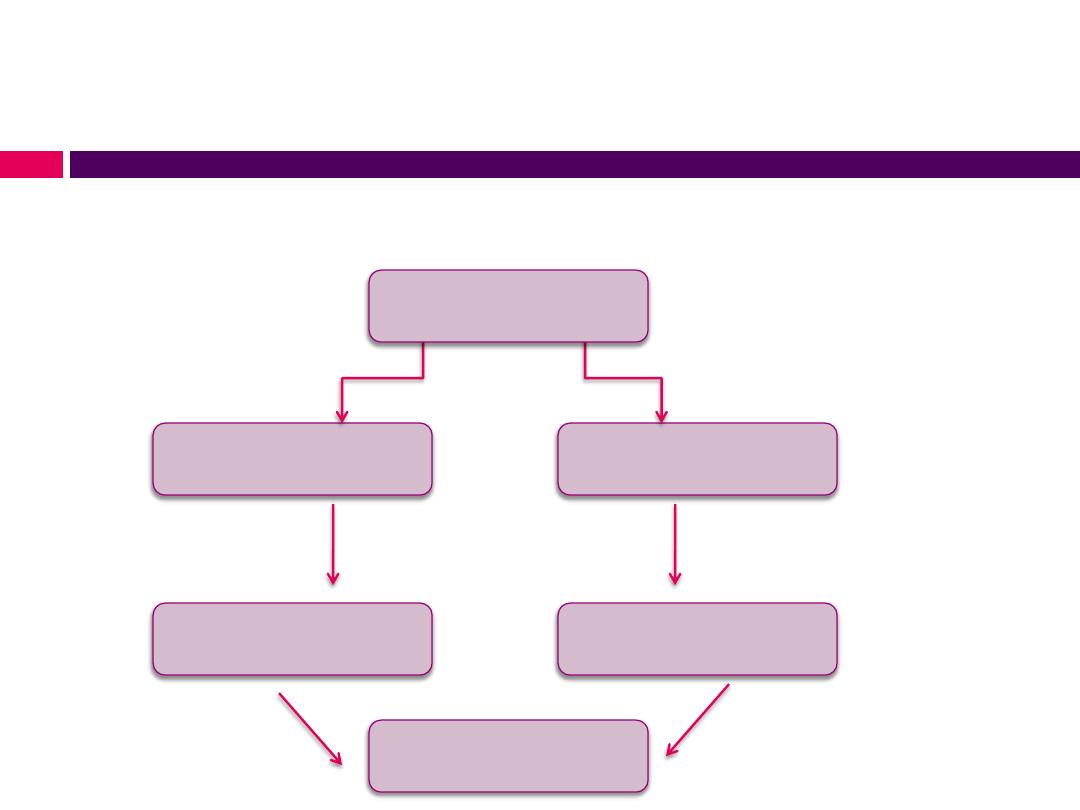
Endodontic
– Periodontal L esion
Periapical lesion
Accessory canals
Periodontal ligament
PDL / Furcation
Clinical attachment
and bone loss
Pulpal infection

PERIODONTITIS ASSOCIATED WITH
ENDODONTIC LESION
Endodontic
– Periodontal Lesion
Periodontal
– Endodontic Lesion
Combined Lesion

DEVELOPMENTAL OR ACQUIRED
DEFORMITIES OR CONDITIONS
Localized tooth related
Mucogingival deformities around teeth
Mucogingival deformities in edentulous area
Occlusal trauma

Localized tooth related factors
1)Tooth anatomic factors
2)Dental restorations/appliances
3)Root fractures
4)Cervical root resorption and cemental tears

• Cervical enamel projections and enamel pearls
• Palatogingival grooves, proximal root grooves
• Open contacts
Tooth
anatomic
factors
• Impingement of biologic width
• Rough surfaces
Dental
restorations
• Apical migration of plaque along fracture line
Root fractures

B) Mucogingival deformities and conditions
around teeth
1) Gingival/soft tissue recession
2) Lack of keratinized gingiva
3) Decreased vestibular depth
4) Aberrant frenum / muscle position
5) Gingival excess
a. Pseudopocket
b. Inconsistent gingival margin
c. Excessive gingival display
d. Gingival enlargement
6) Abnormal color
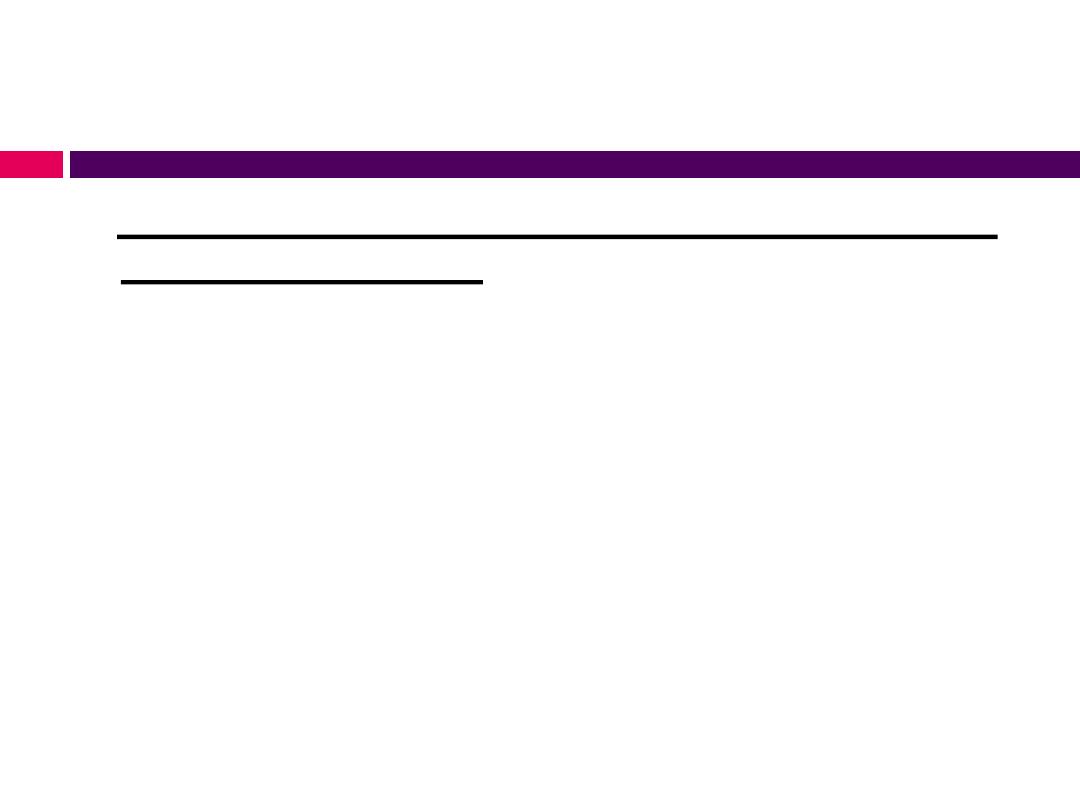
Mucogingival deformities and conditions on
edentulous ridges
1) Vertical and/or horizontal ridge
deficiency
2) Lack of gingival/keratinized tissue
3) Gingival/soft tissue enlargement
4) Aberrant frenum/muscle position
5) Decreased vestibular depth
6) Abnormal color
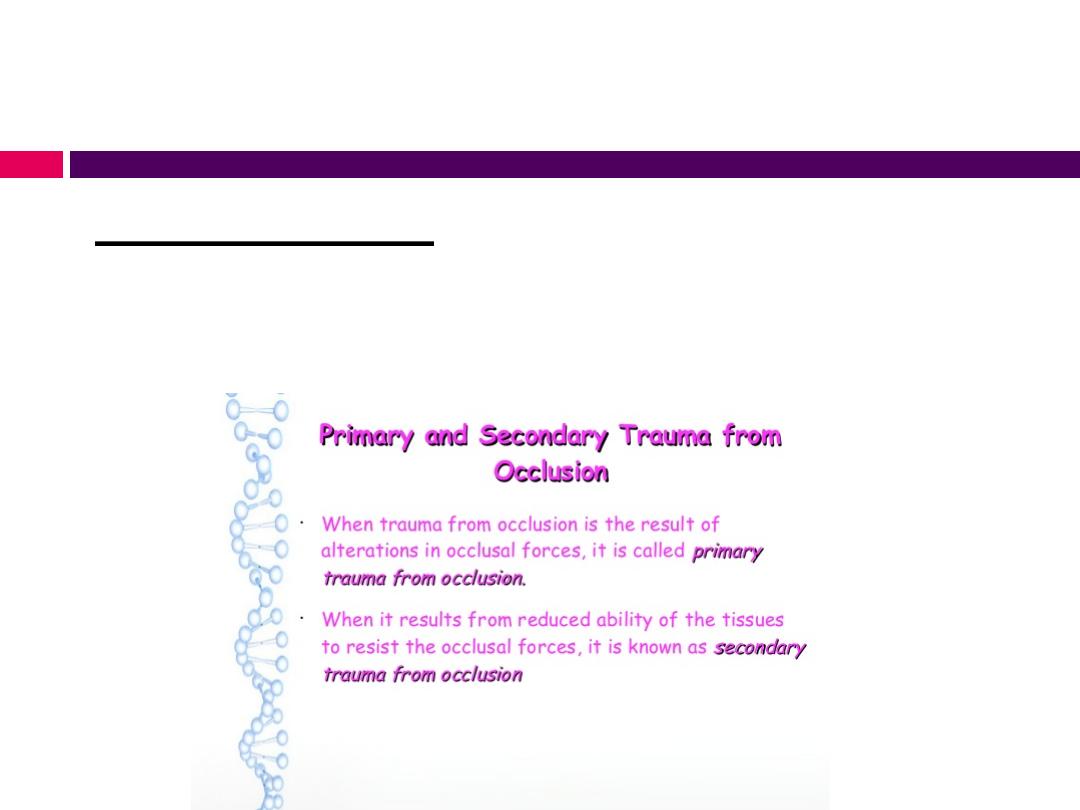
Occlusal trauma
1) Primary occlusal trauma
2) Secondary occlusal trauma
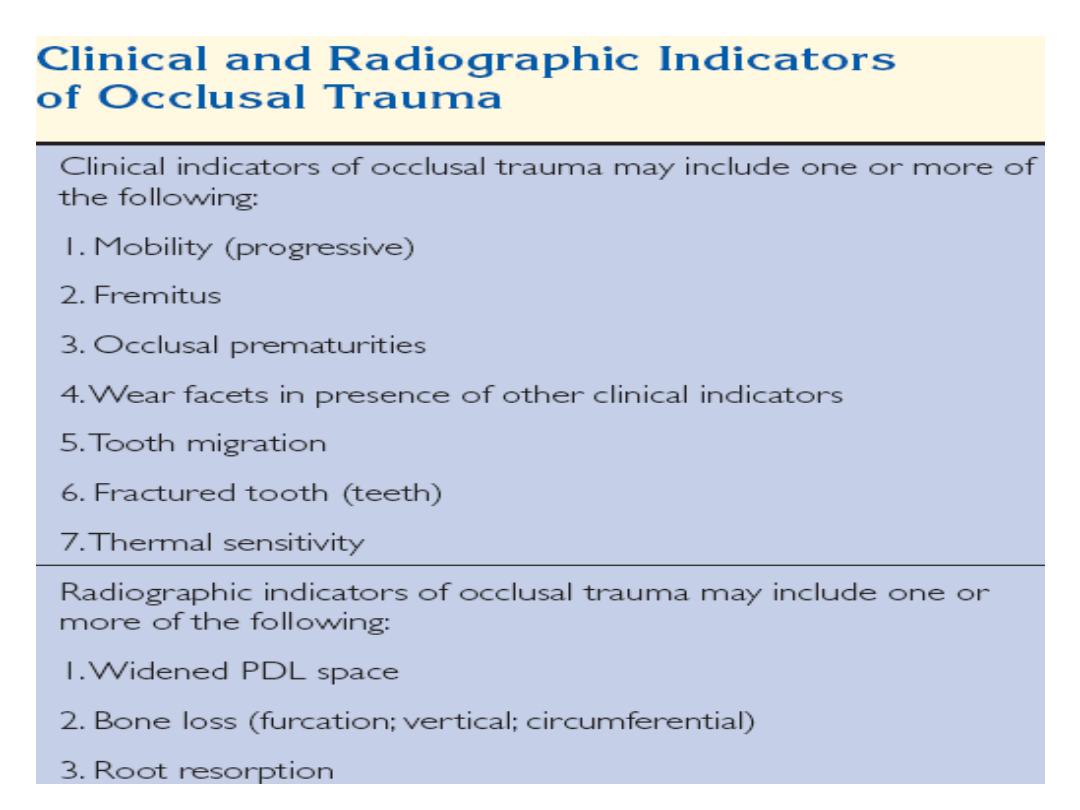
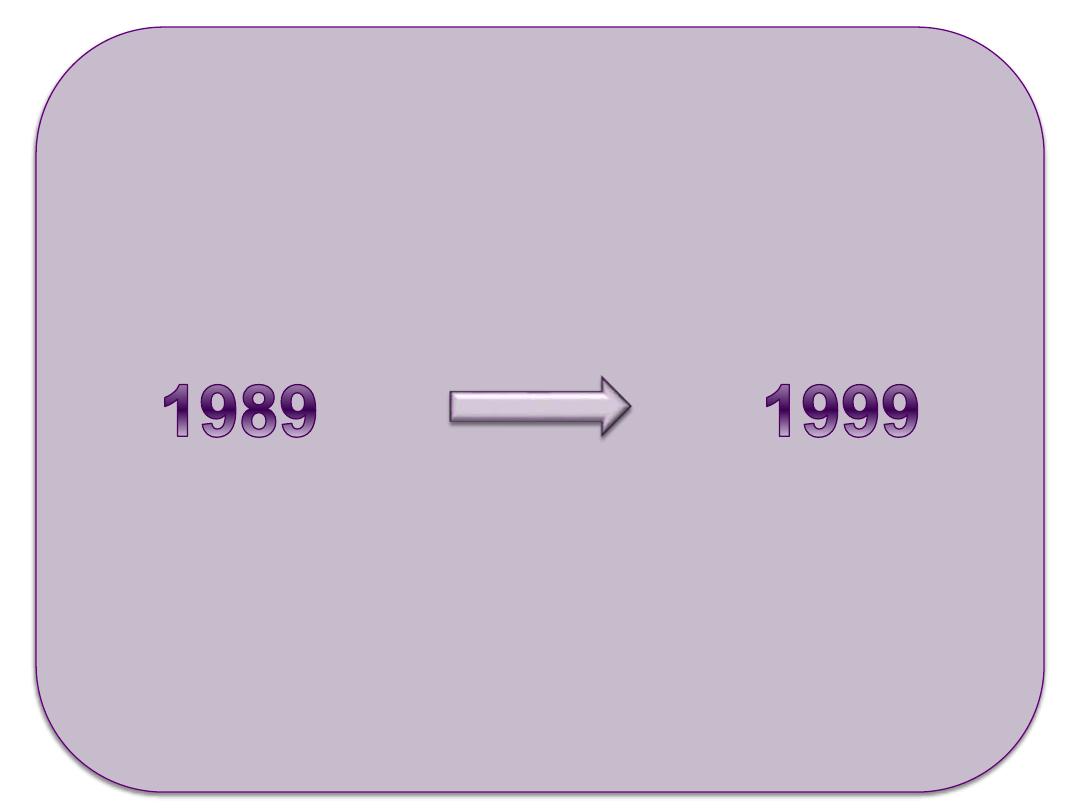

1. Addition of a Section on "Gingival Diseases“
Clinical expression of gingivitis can be substantially
modified by:
1) systemic factors
2) medications, and
3) malnutrition
Non-plaque induced gingival lesions includes a wide
range of disorders that affect the gingiva.
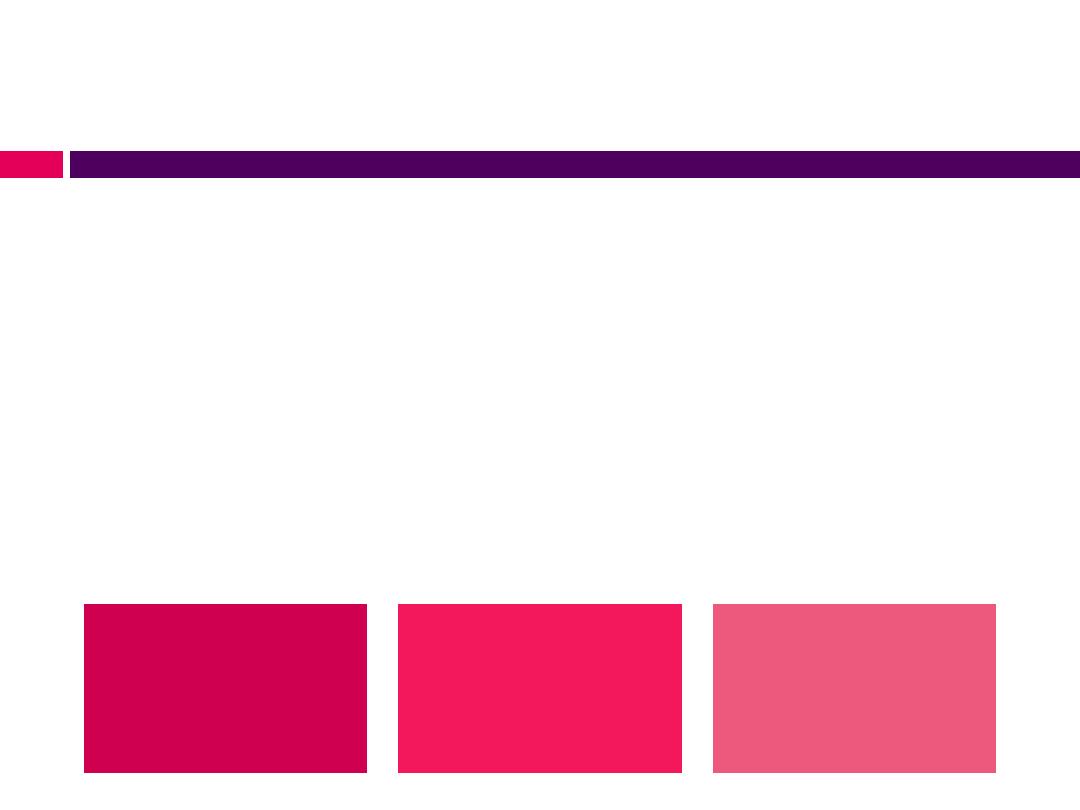
2. Replacement of "Adult Periodontitis" With
"Chronic Periodontitis“
The age-dependent nature
– diagnostic dilemma
A nonspecific term : "Chronic Periodontitis"
– more
accurate
Substitute terminology
Periodontitis-
Common
Form
Type II
Periodontitis
Chronic
Periodontitis

3. Replacement of "Early-Onset
Periodontitis" With "Aggressive
Periodontitis"
Wise to discard classification terminologies
that were age-dependent or required
knowledge of rates of progression

4. Elimination of a Separate Disease Category
for “Refractory Periodontitis”
"Refractory Periodontitis"
– not a single disease
entity.
Small percentage of cases of all forms of
periodontitis might be non responsive to
treatment.
The "refractory" designation - applied to all forms
of periodontitis in the new classification system
(e.g., refractory chronic periodontitis, refractory
aggressive periodontitis, etc.

5. Clarification of the Designation
“Periodontitis as a Manifestation of Systemic
Diseases”
Retained in the new classification since it is
clear that destructive periodontal disease can be
a manifestation of certain systemic diseases.
It should be noted that diabetes mellitus is not
on this list
.

6. Replacement of “Necrotizing Ulcerative
Periodontitis” With “Necrotizing Periodontal
Diseases”
Both clinical conditions under the single
category of "Necrotizing Periodontal Diseases."
Inclusion of "Necrotizing Periodontal Diseases"
as a separate category is that both NUG and
NUP might be manifestations of underlying
systemic problems such as HIV infection.

7. Addition of a Category on "Periodontal Abscess”
8. Addition of a Category on "Periodontic-
Endodontic Lesions”
9. Addition of a Category on "Developmental or
Acquired Deformities and Conditions”
